Summer Opportunities: Secondary School Field Research Program
Applications for the 2024 Summer Program are now closed.
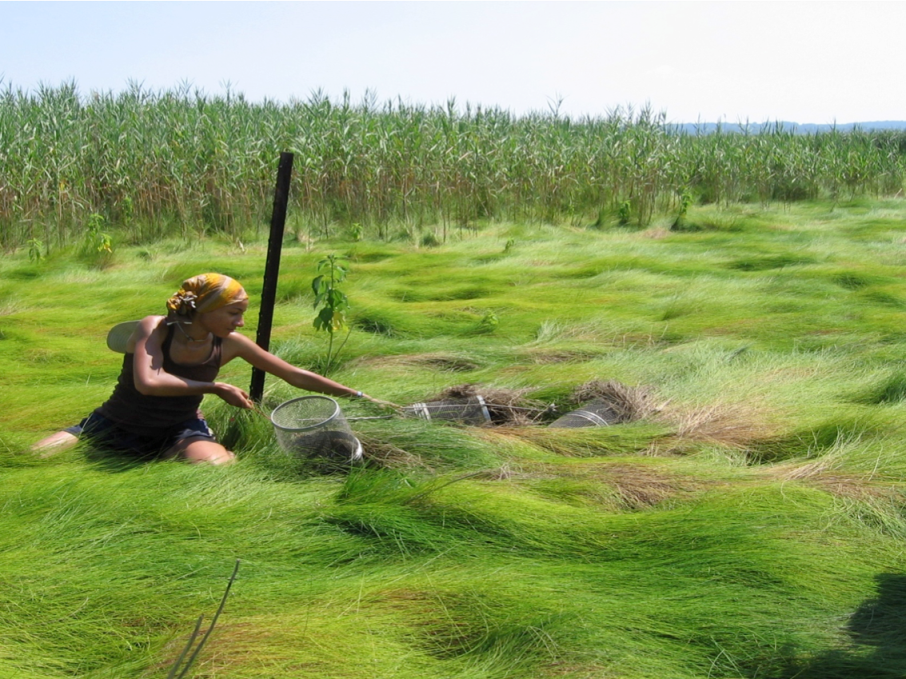
Lamont-Doherty Earth Observatory’s Secondary School Field Research Program (SSFRP) brings high school students, undergraduate students, and science teachers to the Lamont campus each summer for six weeks of field and laboratory research. Students and teachers collaborate with Lamont researchers on a scientific research project in a tiered mentoring system. The Piermont Marsh, New York serves as the main field site and outdoor classroom. Research teams are composed of high school students, one or two undergraduate mentors with a teacher contact, and a Lamont researcher as science support. The main structure is the high school students and their undergraduate mentors as they conduct rigorous scientific research about ecological and physical processes in the wetland.
Students and teachers prepare by reading and discussing a science journal article about the marsh. Students then break into research teams, review and refine their sampling protocols, and develop a sample plan for the summer. Teams then collect samples and perform laboratory experiments on topics ranging from nutrient cycling, natural carbon sequestration, non-chemical management of invasive plants, the construction of rechargeable batteries powered by soil bacteria, and more. After the data are analyzed, each team creates a research poster and presentation to share their work at the end of the summer symposium. During the school year, supporting coursework is offered on topics such as wetland ecology, field sampling, and data analysis.
Fall Classes in the Marsh
Image Carousel with 11 slides
A carousel is a rotating set of images. Use the previous and next buttons to change the displayed slide
-
Slide 1: Student demonstrates how to collect water samples
-
Slide 2: 40 students in the marsh and no one capsized!
-
Slide 3: A hand up to the marsh surface.
-
Slide 4: A native marsh resident, Atlantic mud crab.
-
Slide 5: Bushwhacking into marsh interior.
-
Slide 6: Collecting water samples from kayaks.
-
Slide 7: Hibiscus, one of the few remaining native plant species.
-
Slide 8: Learning to canoe.
-
Slide 9: Precious moments.
-
Slide 10: Students contrast impact of invasive Phragmites with native.
-
Slide 11: The smiles tell it all.
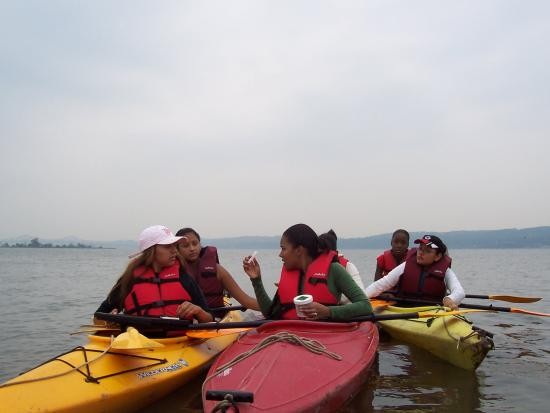
Student demonstrates how to collect water samples
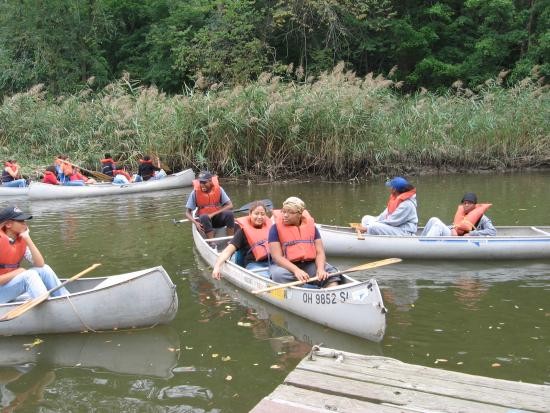
40 students in the marsh and no one capsized!

A hand up to the marsh surface.
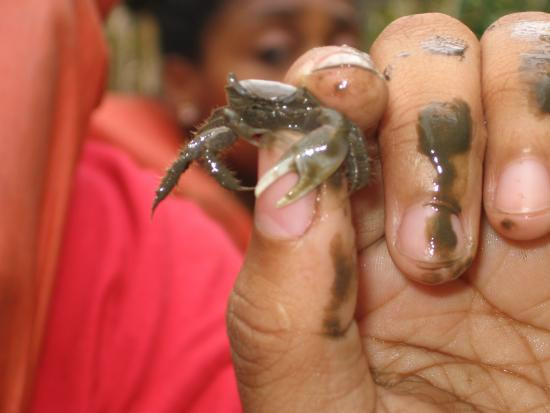
A native marsh resident, Atlantic mud crab.
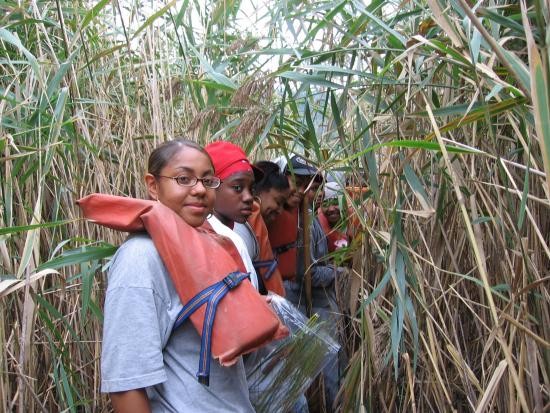
Bushwhacking into marsh interior.
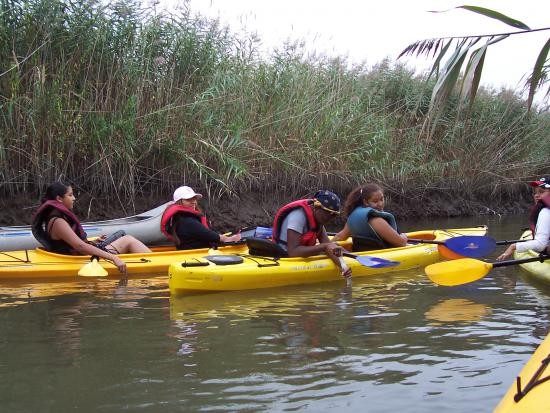
Collecting water samples from kayaks.
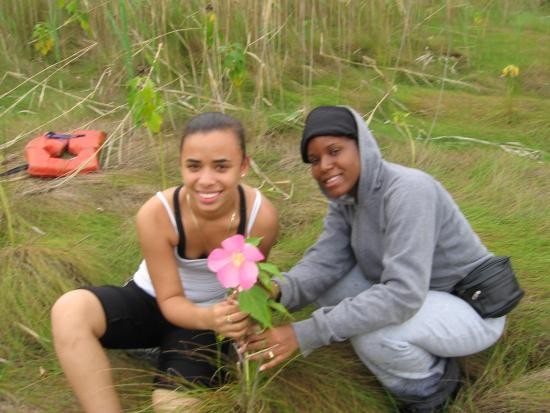
Hibiscus, one of the few remaining native plant species.
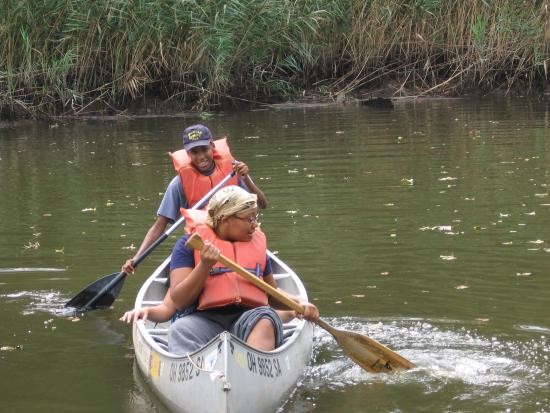
Learning to canoe.
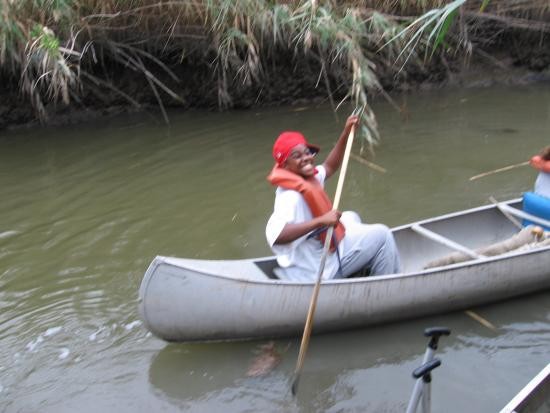
Precious moments.
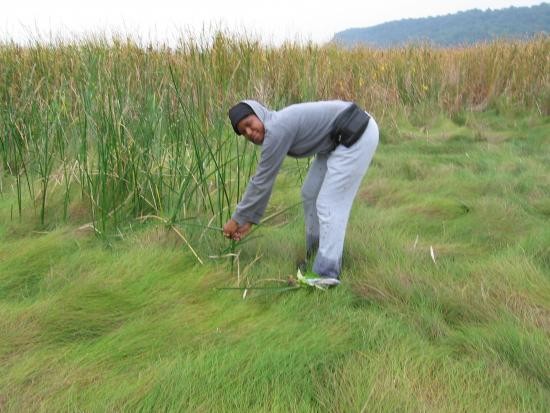
Students contrast impact of invasive Phragmites with native.

The smiles tell it all.
Piermont Marsh Sampling Protocol
Image Carousel with 12 slides
A carousel is a rotating set of images. Use the previous and next buttons to change the displayed slide
-
Slide 1: Habitat assessment in marsh interior.
-
Slide 2: Building teamwork skills.
-
Slide 3: Deploying minnow traps.
-
Slide 4: Gee minnow traps prepared for deployment.
-
Slide 5: Marking sites.
-
Slide 6: Measuring canopy height and stem count.
-
Slide 7: Navigating the tidal creek.
-
Slide 8: Preserving samples in 10% formalin.
-
Slide 9: Processing samples.
-
Slide 10: Retrieving minnow traps.
-
Slide 11: Reclaiming capsized canoe.
-
Slide 12: Recording data.
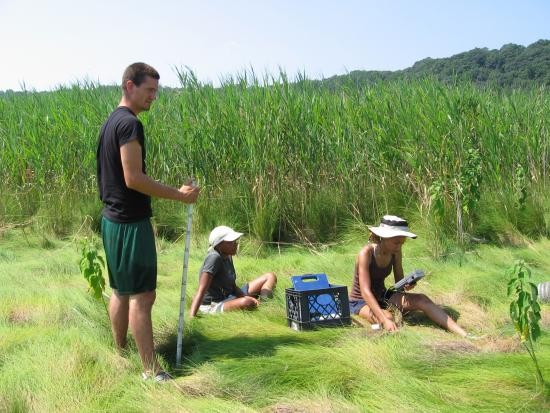
Habitat assessment in marsh interior.
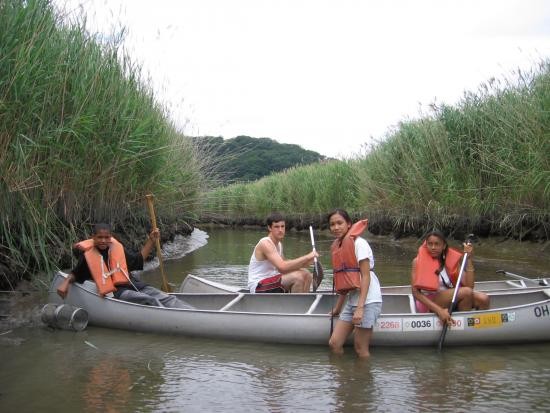
Building teamwork skills.
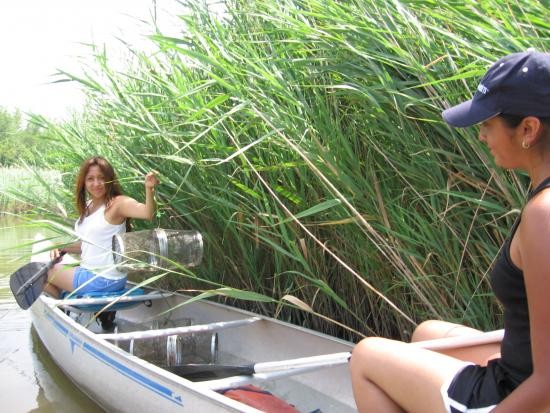
Deploying minnow traps.
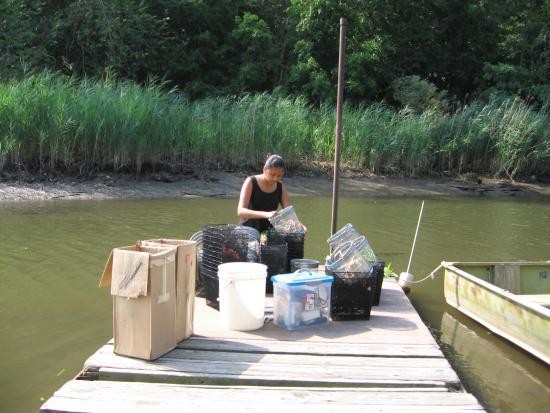
Gee minnow traps prepared for deployment.
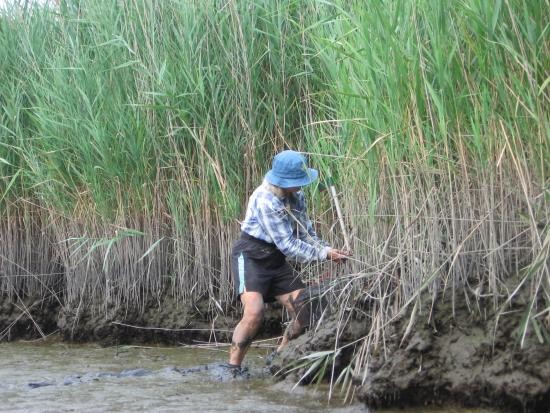
Marking sites.
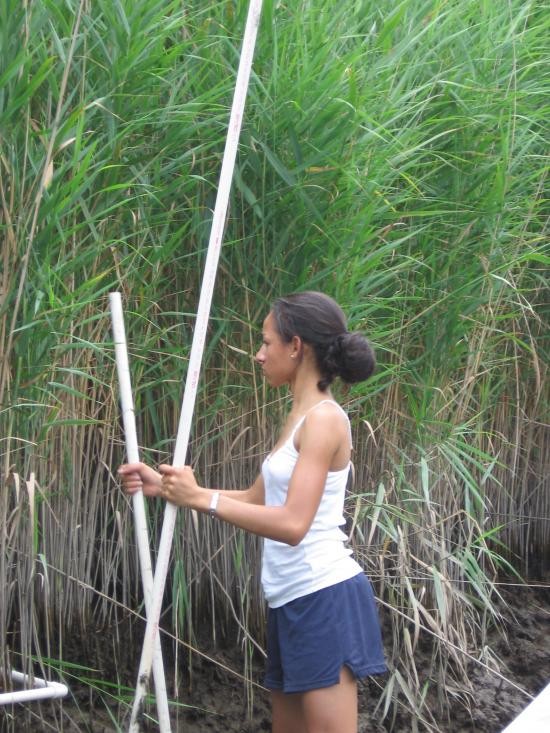
Measuring canopy height and stem count.
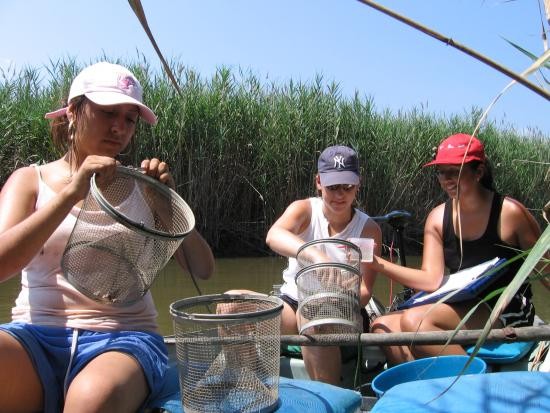
Navigating the tidal creek.
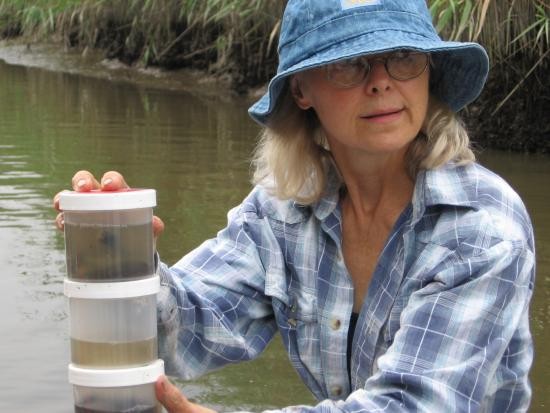
Preserving samples in 10% formalin.
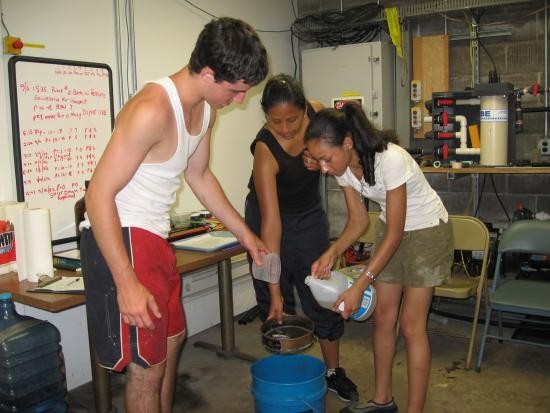
Processing samples.
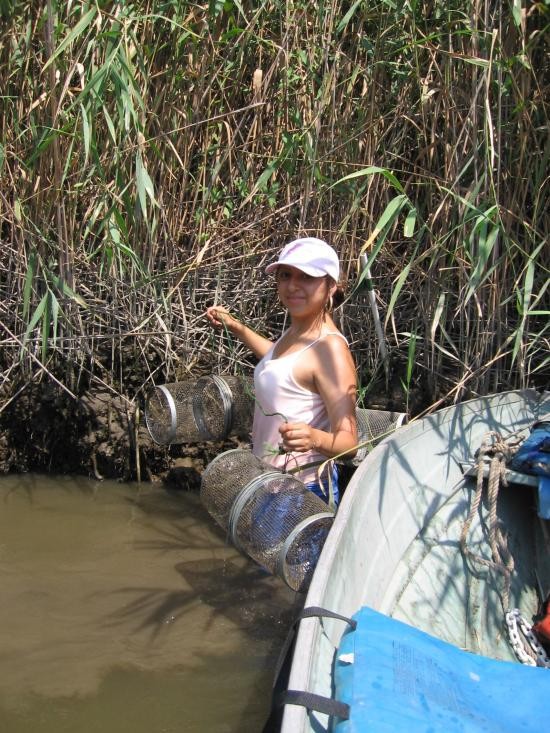
Retrieving minnow traps.
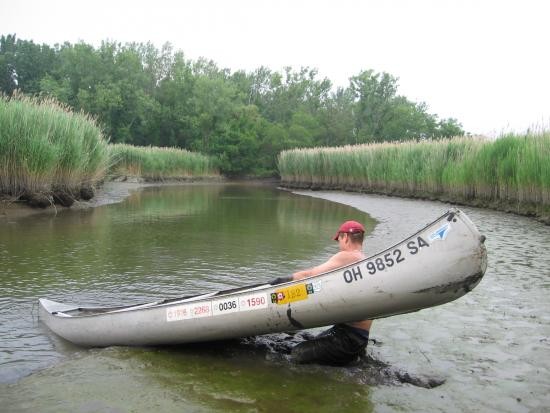
Reclaiming capsized canoe.
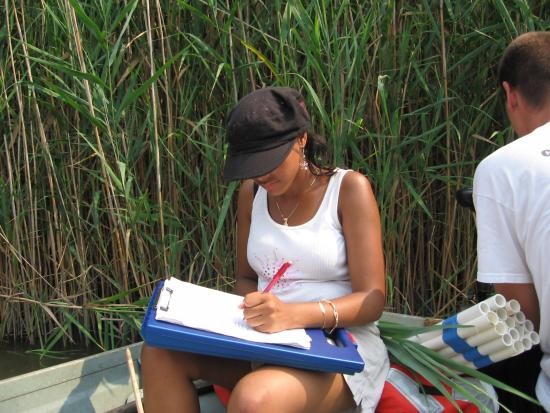
Recording data.
Winter Sampling in the Marsh
Image Carousel with 5 slides
A carousel is a rotating set of images. Use the previous and next buttons to change the displayed slide
-
Slide 1: Dr. Newton with the hardy few.
-
Slide 2: Arctic suits facilitate sampling in temperature of 17 degrees.
-
Slide 3: Collecting water samples at head of Crumkill Creek.
-
Slide 4: Navigating the marsh in winter.
-
Slide 5: Processing water samples in lab.
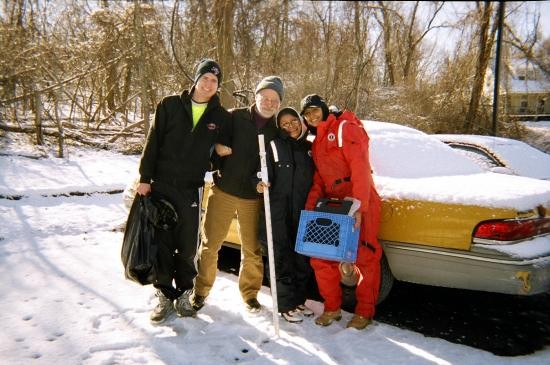
Dr. Newton with the hardy few.
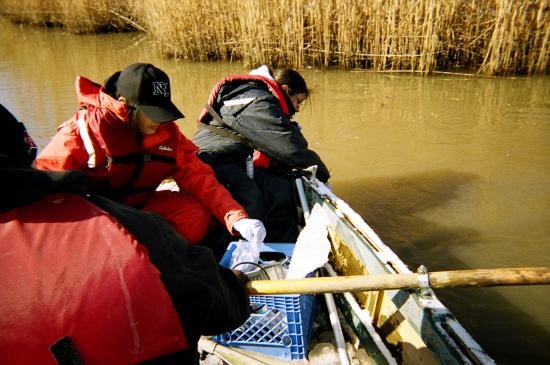
Arctic suits facilitate sampling in temperature of 17 degrees.

Collecting water samples at head of Crumkill Creek.
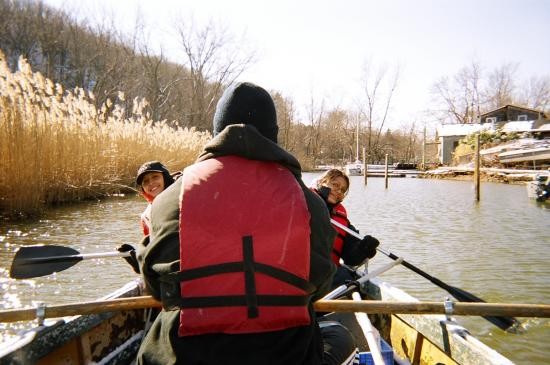
Navigating the marsh in winter.
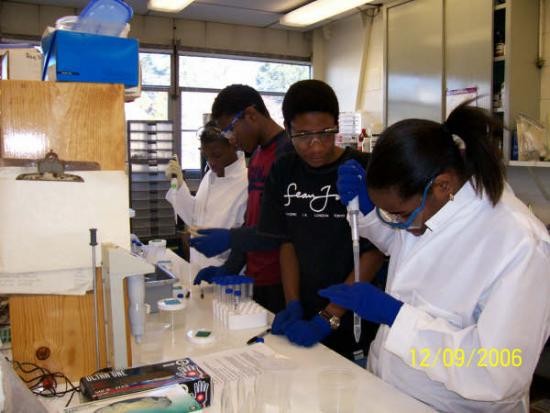
Processing water samples in lab.
